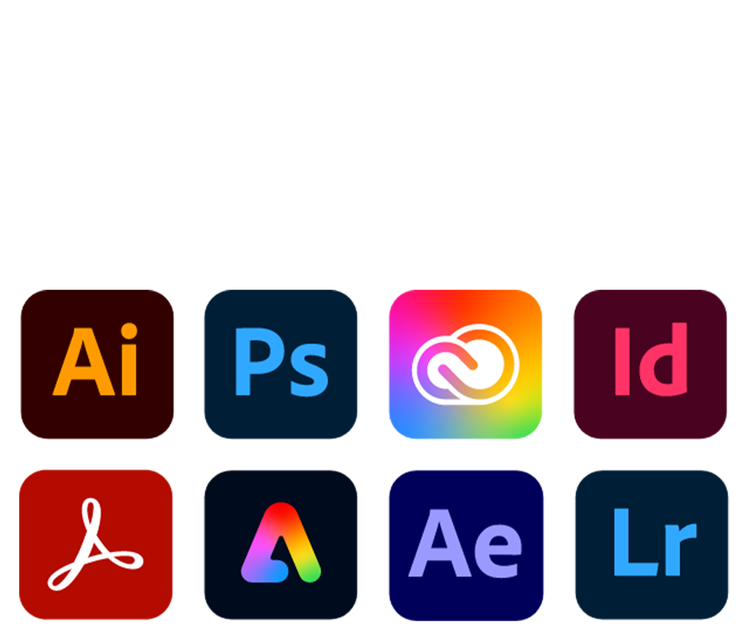
BLOG · 20/7/2024
Article on Design and prototyping

Design and Prototyping: Bridging Ideas to Reality

Design and prototyping are crucial stages in the product development process. They serve as a bridge between initial ideas and the final product, ensuring that concepts are validated, user needs are met, and potential issues are identified early. This article explores the importance, methods, and tools of design and prototyping.
Understanding Design
Design is the process of creating a plan or convention for the construction of an object, system, or measurable human interaction. It encompasses both the aesthetic and functional aspects of a product. Good design is not just about how a product looks but also about how it works.
Key Principles of Design
- User-Centered: Design should focus on the needs and experiences of the end-user.
- Simplicity: Keep designs simple and intuitive.
- Consistency: Maintain uniformity in design elements to provide a seamless user experience.
- Accessibility: Ensure that the design is usable by people of all abilities.
- Feedback: Provide users with feedback to inform them of the result of their actions.
What is Prototyping?
Prototyping involves creating an early model or sample of a product to test and validate ideas. It allows designers and stakeholders to explore concepts, identify potential issues, and refine designs before committing to full-scale production.
Types of Prototypes
- Low-Fidelity Prototypes: Simple and often non-interactive, used for early-stage idea exploration. Examples include sketches and paper prototypes.
- High-Fidelity Prototypes: Detailed and interactive, closely resembling the final product. Examples include digital mockups and interactive wireframes.
Benefits of Prototyping
- Validation of Ideas: Helps in validating design concepts and assumptions.
- User Testing: Allows for early user testing and feedback.
- Identifying Issues: Early identification of design flaws and usability issues.
- Communication: Improves communication among stakeholders by providing a tangible representation of the product.
Tools for Design and Prototyping
Several tools are available to facilitate the design and prototyping process. Here are some popular ones:
Design Tools
- Adobe XD: A powerful tool for UI/UX design with robust prototyping capabilities.
- Sketch: A vector-based design tool widely used for designing interfaces and user experiences.
- Figma: A web-based design tool that supports real-time collaboration and prototyping.
Prototyping Tools
- InVision: A prototyping tool that allows designers to create interactive mockups and gather feedback.
- Marvel: An easy-to-use tool for creating prototypes, wireframes, and mockups.
- Axure RP: A comprehensive tool for creating detailed wireframes and interactive prototypes.
The Design and Prototyping Process
1. Research and Discovery
- User Research: Understand the needs, behaviors, and pain points of the target users.
- Market Research: Analyze market trends and competitor products.
- Define Objectives: Clearly outline the goals and objectives of the project.
2. Ideation and Concept Development
- Brainstorming: Generate a wide range of ideas and concepts.
- Sketching: Create rough sketches to visualize ideas.
- Wireframing: Develop low-fidelity wireframes to outline the structure and layout of the product.
3. Prototyping and Testing
- Create Prototypes: Develop low-fidelity or high-fidelity prototypes based on the project stage.
- User Testing: Conduct usability testing sessions to gather feedback from real users.
- Iterate: Refine the design based on feedback and testing results.
4. Final Design and Handoff
- High-Fidelity Design: Create detailed, high-fidelity designs.
- Design Specification: Document design specifications and guidelines.
- Handoff: Share design assets and specifications with developers for implementation.
Conclusion
Design and prototyping are integral to creating successful products. By focusing on user needs, validating ideas early, and using the right tools and processes, designers can create products that are not only visually appealing but also functional and user-friendly. Embrace the iterative nature of design and prototyping to continuously improve and innovate.